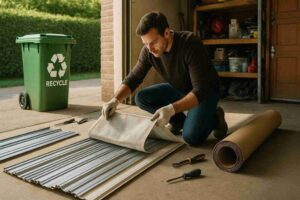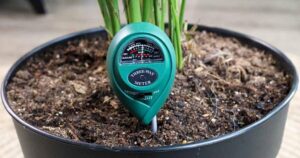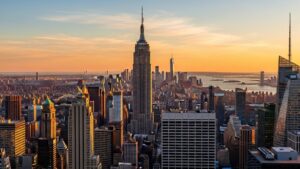Eco-Friendly Lattice Fence Materials
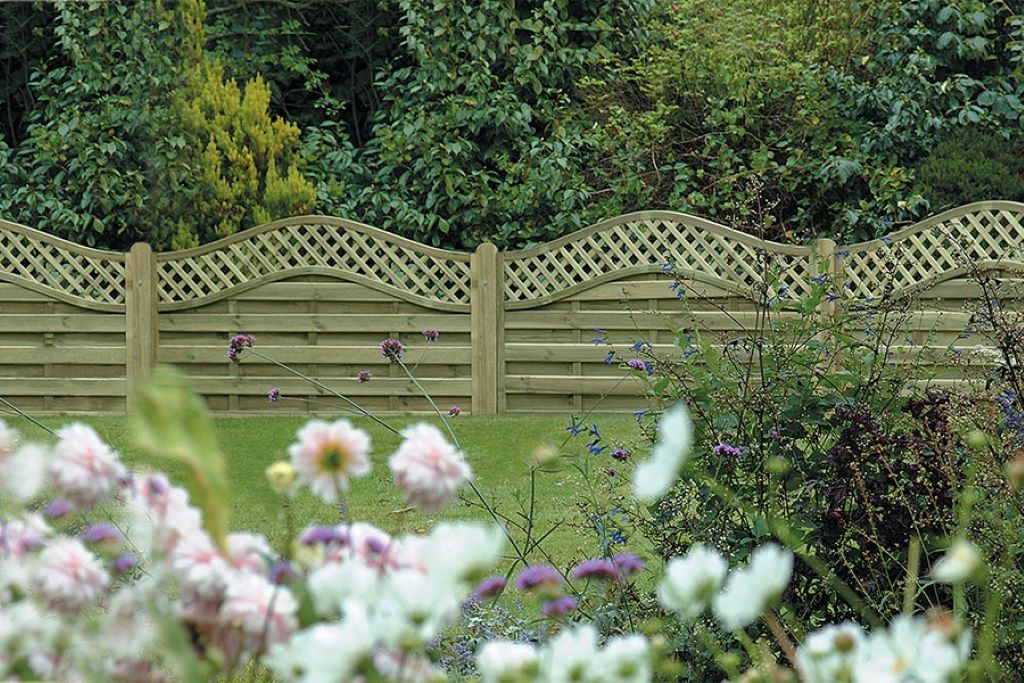
Sustainable landscaping has become a priority for environmentally conscious homeowners seeking beautiful outdoor spaces. Choosing eco-friendly fencing materials reduces environmental impact while creating attractive property boundaries. New House Project provides comprehensive guidance for homeowners exploring sustainable outdoor living solutions that benefit both properties and the planet.
Traditional fencing materials often rely on resource-intensive manufacturing processes or non-renewable resources. However, sustainable alternatives offer durability, aesthetic appeal, and environmental benefits. Additionally, eco-friendly materials frequently provide long-term cost savings through reduced maintenance requirements and extended lifespans.
Understanding different lattice fence options helps homeowners make informed decisions that align with their sustainability goals. These versatile structures serve multiple purposes, from privacy screens to decorative garden elements. Therefore, selecting the right eco-friendly material ensures both functional performance and environmental responsibility.
Understanding Sustainable Fencing Materials
Sustainable fencing materials minimize environmental impact through responsible sourcing, manufacturing, and disposal processes. These materials often feature renewable resources, recycled content, or biodegradable properties. Additionally, they typically require less energy-intensive production methods compared to conventional alternatives.
Key sustainability factors include material origin, manufacturing processes, transportation distances, and end-of-life disposal options. Therefore, comprehensive evaluation considers the entire lifecycle impact rather than just initial environmental benefits.
Bamboo Lattice Fencing
Natural Growth Advantages
Bamboo represents one of the most sustainable lattice fence materials available. This fast-growing grass reaches maturity in three to five years, compared to decades for hardwood trees. Additionally, bamboo regenerates from its root system without replanting, making it a truly renewable resource.
The plant naturally sequesters carbon dioxide while growing, contributing to atmospheric carbon reduction. Therefore, bamboo fencing actually helps combat climate change through its growth cycle.
Durability and Performance
Modern bamboo lattice products feature enhanced durability through innovative processing techniques. Properly treated bamboo resists moisture, insects, and weather damage effectively. However, quality varies significantly between manufacturers, making careful selection essential.
Bamboo lattice fencing typically lasts 10-15 years with proper maintenance. Additionally, its natural flexibility allows it to withstand strong winds better than rigid materials.
Installation and Maintenance
Bamboo lattice installation follows standard fencing procedures with basic tools. The lightweight material reduces installation labor and equipment requirements. Therefore, DIY installation becomes feasible for many homeowners.
Regular cleaning and annual protective coating applications extend bamboo fence lifespan. Additionally, proper drainage around fence posts prevents moisture-related deterioration.
Recycled Plastic Lattice Materials
Waste Reduction Benefits
Recycled plastic lattice fencing transforms waste materials into functional outdoor products. These materials typically incorporate post-consumer plastic bottles, bags, and containers that would otherwise occupy landfills. Additionally, manufacturing processes require less energy than producing virgin plastic materials.
Each linear foot of recycled plastic fencing diverts significant waste from landfills while creating durable outdoor structures. Therefore, choosing recycled plastic directly supports circular economy principles.
Performance Characteristics
Recycled plastic lattice offers exceptional durability and weather resistance. Unlike wood materials, plastic doesn’t rot, warp, or require chemical treatments for pest resistance. However, thermal expansion and contraction require consideration during installation.
Color options remain stable over time without fading or requiring repainting. Additionally, the non-porous surface resists staining and cleaning easily with soap and water.
Long-term Value
Initial costs for recycled plastic lattice often exceed traditional wood options. However, elimination of maintenance requirements creates significant long-term savings. Therefore, total cost of ownership frequently favors recycled plastic over 20-year periods.
Many manufacturers offer extended warranties reflecting confidence in product durability. Additionally, some recycled plastic products qualify for LEED building certification points.
Reclaimed Wood Lattice Options
Sourcing and Selection
Reclaimed wood lattice utilizes timber from demolished buildings, old barns, or decommissioned infrastructure. This approach prevents usable wood from entering landfills while reducing demand for newly harvested timber. Additionally, reclaimed wood often features unique character and grain patterns unavailable in new lumber.
Quality reclaimed wood requires careful inspection for structural integrity and contamination. Therefore, reputable suppliers provide documentation regarding wood origin and any necessary treatments.
Preparation and Treatment
Reclaimed wood typically requires cleaning, sanding, and protective treatments before lattice construction. Natural, eco-friendly wood preservatives protect against moisture and insects without harmful chemicals. However, this preparation adds time and cost to project completion.
Proper preparation ensures reclaimed wood performs comparably to new lumber while maintaining environmental benefits. Additionally, skilled craftspeople can create custom lattice patterns highlighting wood’s unique characteristics.
Aesthetic Appeal
Reclaimed wood lattice provides unmatched character and visual interest in landscape designs. Weathered textures, nail holes, and natural patina create authentic rustic appearance. Therefore, these materials particularly suit farmhouse, cottage, or industrial design themes.
Each piece tells a story through its previous use, adding historical connection to modern landscapes. Additionally, reclaimed wood often features superior grain quality from old-growth timber no longer commercially available.
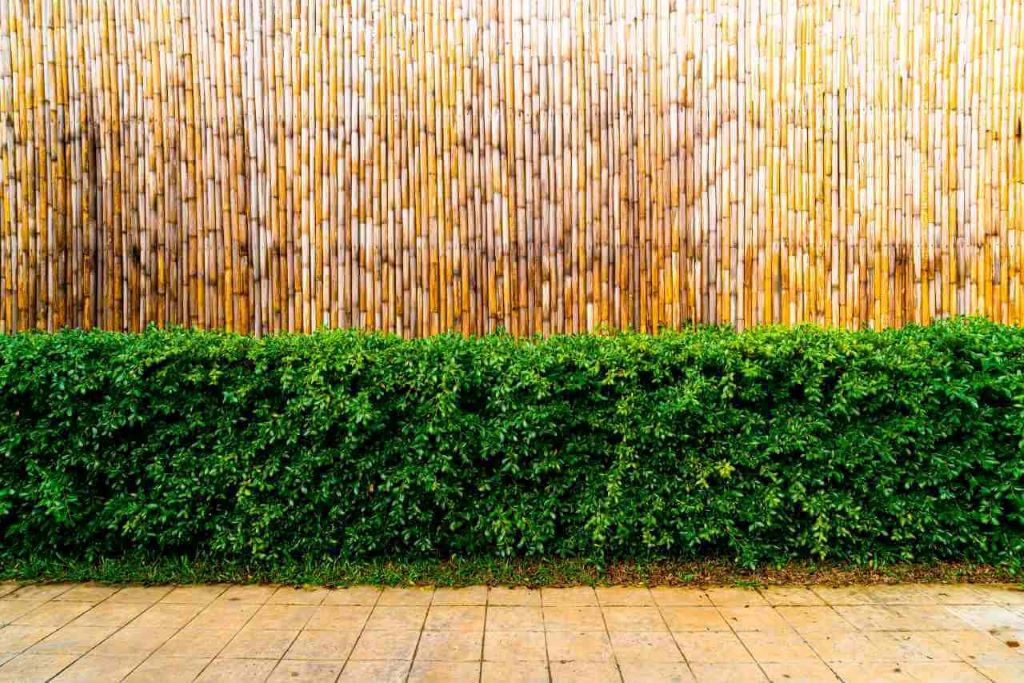
Sustainable Wood Lattice from Certified Sources
Forest Stewardship Council Certification
FSC-certified wood comes from responsibly managed forests that maintain biodiversity, productivity, and ecological processes. These forests support local communities while providing sustainable timber harvests. Additionally, FSC certification ensures third-party verification of responsible forestry practices.
Cedar, pine, and oak varieties commonly receive FSC certification for lattice fence applications. Therefore, homeowners can choose traditional wood materials while supporting sustainable forestry.
Local Sourcing Benefits
Locally sourced certified wood reduces transportation emissions while supporting regional economies. Additionally, local species typically perform better in regional climate conditions. Therefore, choosing local materials often provides both environmental and performance advantages.
Many regions offer native species particularly well-suited for outdoor applications. However, availability varies by location, requiring consultation with local suppliers for optimal options.
Installation Considerations for Eco-Friendly Materials
Planning and Design
Proper planning maximizes eco-friendly lattice fence performance and lifespan. Site conditions, drainage, and climate factors influence material selection and installation methods. Additionally, local building codes may specify requirements for fencing materials and installation techniques.
Design considerations include post spacing, panel dimensions, and attachment methods suitable for chosen materials. Therefore, comprehensive planning prevents costly modifications during installation.
Foundation and Support Systems
Eco-friendly lattice materials require appropriate foundation systems for optimal performance. Concrete posts provide excellent stability but increase environmental impact. However, alternative options include recycled plastic posts or sustainably sourced wood posts.
Proper drainage around fence foundations prevents moisture-related damage regardless of material choice. Additionally, adequate post depth ensures structural stability in various weather conditions.
Maintenance and Longevity
Preventive Care Strategies
Regular maintenance extends eco-friendly lattice fence lifespan significantly. Simple cleaning, inspection, and minor repairs prevent major problems from developing. Additionally, preventive care reduces long-term environmental impact by maximizing material useful life.
Seasonal maintenance schedules vary by material type and local climate conditions. Therefore, following manufacturer recommendations ensures optimal performance and longevity.
Repair and Replacement Planning
Eventually, all fencing materials require repair or replacement. Planning for end-of-life disposal ensures continued environmental responsibility. Additionally, modular lattice designs facilitate partial replacement when needed.
Many eco-friendly materials offer biodegradable disposal options or recycling programs. Therefore, proper planning maintains sustainability benefits throughout the product lifecycle.
Cost Analysis and Value
Initial Investment Considerations
Eco-friendly lattice materials often require higher initial investments than conventional alternatives. However, reduced maintenance costs and extended lifespans frequently provide superior long-term value. Additionally, potential property value increases offset initial cost premiums.
According to Realtor.com, sustainable landscaping features increasingly influence buyer decisions and property values in many markets.
Long-term Financial Benefits
Energy savings from strategic lattice placement can reduce cooling costs during summer months. Additionally, reduced maintenance requirements free up time and money for other projects. Therefore, comprehensive cost analysis considers both direct and indirect financial benefits.
Some utility companies offer rebates for sustainable landscaping improvements that reduce energy consumption. However, availability varies by location and specific installation details.
Environmental Impact Assessment
Carbon Footprint Considerations
Different eco-friendly materials offer varying carbon footprint benefits. Bamboo and reclaimed wood typically provide the lowest overall environmental impact. Additionally, locally sourced materials reduce transportation-related emissions significantly.
Manufacturing processes, transportation distances, and installation requirements all contribute to total environmental impact. Therefore, comprehensive assessment considers all lifecycle phases for accurate comparison.
Biodiversity and Ecosystem Benefits
Lattice fencing can support local ecosystems when designed appropriately. Climbing plants on lattice structures provide habitat for beneficial insects and birds. Additionally, strategic placement creates wildlife corridors and pollinator pathways.
The Environmental Protection Agency emphasizes that sustainable landscaping practices contribute to broader environmental health and biodiversity conservation efforts.
Conclusion
Eco-friendly lattice fence materials offer sustainable alternatives to traditional fencing options without sacrificing performance or aesthetic appeal. Bamboo, recycled plastic, reclaimed wood, and certified sustainable timber each provide unique benefits for environmentally conscious homeowners. Additionally, proper material selection based on climate, budget, and design preferences ensures optimal results.
Key considerations include initial costs, maintenance requirements, longevity, and end-of-life disposal options. Therefore, comprehensive evaluation helps homeowners choose materials that align with their sustainability goals and practical needs. Investment in eco-friendly lattice fencing supports environmental conservation while creating beautiful, functional outdoor spaces.
Frequently Asked Questions
What is the most sustainable lattice fence material? Bamboo typically offers the highest sustainability due to rapid growth, carbon sequestration, and renewable harvesting. However, locally sourced materials may provide better overall environmental benefits depending on your location.
How long do eco-friendly lattice fences last? Durability varies by material: bamboo lasts 10-15 years, recycled plastic 20-30 years, reclaimed wood 15-25 years, and certified sustainable wood 15-30 years. Additionally, proper maintenance significantly extends all material lifespans.
Are eco-friendly lattice materials more expensive? Initial costs often exceed conventional materials, but long-term value frequently favors eco-friendly options. Therefore, consider total ownership costs including maintenance, replacement, and energy savings over 20-year periods.
Can I install eco-friendly lattice fencing myself? Most eco-friendly lattice materials suit DIY installation with basic tools and skills. However, proper planning, foundation preparation, and local code compliance require careful attention regardless of material choice.
Do eco-friendly lattice fences require special maintenance? Maintenance requirements vary by material but generally involve regular cleaning and inspection. Additionally, some materials benefit from annual protective treatments, while others require minimal ongoing care throughout their lifespan.
Read More:
How to Install Carpet on Stairs

